A Closer Look at Energy Retrofit Financing
More aggressive approaches to funding are needed in order to meet long-term climate goals, according to a recent ACEEE webinar.
Mandatory building performance standards for energy efficiency and reduction of greenhouse gas emissions have been established or considered in several U.S. cities and states and across the globe. But, in order to meet long-term climate goals, more aggressive approaches to funding retrofits are needed, according to participants in a recent American Council for an Energy-Efficient Economy webinar.
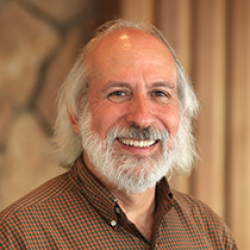
Steve Nadel, Executive Director, ACEEE. Image courtesy of ACEEE
Moderator Steve Nadel, ACEEE executive director, noted that, at the current rate, it would take about 500 years to retrofit all residential properties and 67 years to complete energy-efficient retrofits on all commercial buildings.
The 90-minute webinar highlighted three places in the U.S. implementing building performance standards: Washington, D.C.; New York City and Washington state. The panelists—Alfred Griffin, president, NY Green Bank; Eli Hopson, CEO, DC Green Bank; John Mandyck, CEO, Urban Green Council; and Emily Salzberg, managing director for the Building Standards Unit, Washington State Department of Commerce—also highlighted the programs and some financial structures that can be used to help owners fund upgrades.
Green Banks, Flexible Financing
Griffin, who oversees partnerships with private sector capital providers and others to encourage private investments in renewable energy and energy-efficient projects, said that even though the NY Green Bank has closed more than $1 billion in transactions since it was established by Gov. Andrew Cuomo in 2013, he would like to see more deals.
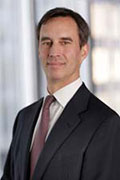
Alfred Griffin, CEO, NY Green Bank. Image courtesy of ACEEE
“Where there is good policy and good regulatory framework, market activity will be stimulated,” he noted.
The non-profit Urban Green Council’s mission is to transform New York City buildings for a sustainable future. And, according to CEO John Mandyck, there is a lot at stake when it comes to climate change.
“New York City has $3 trillion of insured coastal property that is vulnerable to climate change,” he said, adding that the sea level at the Battery in Lower Manhattan rose a foot over 100 years.
In April of last year, the City Council passed the Climate Mobilization Act, including Local Law 97 of 2019, requiring buildings larger than 25,000 square feet to meet strict GHG emissions limits starting in 2024. Initially, that impacts about 20 percent of all buildings—both commercial and multifamily—and increases coverage through 2050, when large buildings will be required to cut GHG by 80 percent.
READ ALSO: What’s Next for C-PACE Financing?
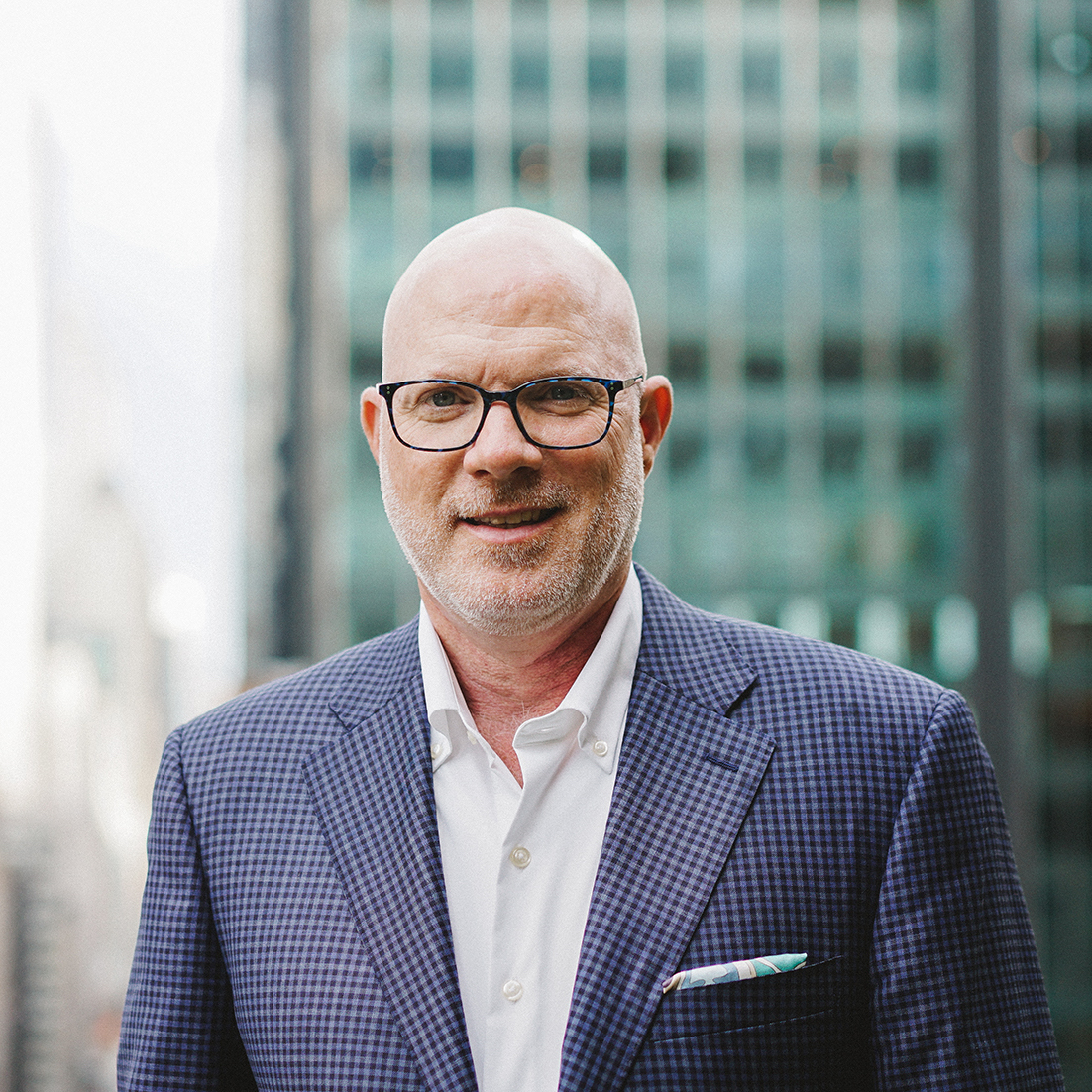
John Mandyck, CEO, Urban Green Council. Image courtesy of ACEEE
Legislation enabling the Commercial Property Assessed Clean Energy program, or C-PACE, was passed and allows owners to borrow money for energy efficiency and renewable energy projects and repay it through an assessment on the property tax bill.
In this market, C-PACE comes as an ideal form of financing, according to Mandcyk. Some buildings might never meet caps for energy efficiency because of their density and they may be candidates for carbon trading, allowing a building with extra energy-efficiency credits to sell to a buyer in need of credits to meet its goals.
The DC Green Bank will be offering loans, leases and other financing, including C-PACE, to help building owners fund energy-efficiency upgrades to meet the standard of being zero carbon by 2050. Enacted in 2018, the DC Omnibus Amendment Act requires buildings of 50,000 square feet and up to meet energy performance standards by 2026, with standards extending to larger buildings until 2031. Eventually, all buildings 10,000 square feet and up will have to meet standards.
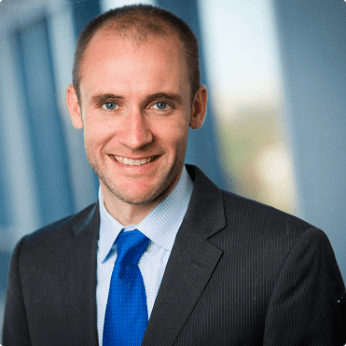
Eli Hopson, CEO, DC Green Bank. Image courtesy of ACEEE
In July 2018, Washington, D.C., became the first U.S. city to establish a green bank. Eli Hopson, CEO of the DC Green Bank, said the bank will not be a competitor of private capital but rather lead the way to provide a variety of flexible financing options. For example, a predevelopment loan that would have a two-year term could be extended into a permanent loan—this is a feature that the green bank hopes to offer in 2021.
Hopson also revealed that the DC Green Bank has been working with its counterpart in Montgomery County, Md., to bring Montgomery’s Commercial Loan for Energy Efficiency and Renewables program, which has terms up to 12 years to for borrowers, to D.C. soon.
Mandatory Standards
In May 2019, Washington state’s Clean Buildings Bill was signed into law, requiring the state Department of Commerce to develop and implement energy performance standards for commercial buildings of 50,000 square feet or more and provide incentives for early compliance.
READ ALSO: Top 10 LEED-Certified Buildings in Washington, D.C.
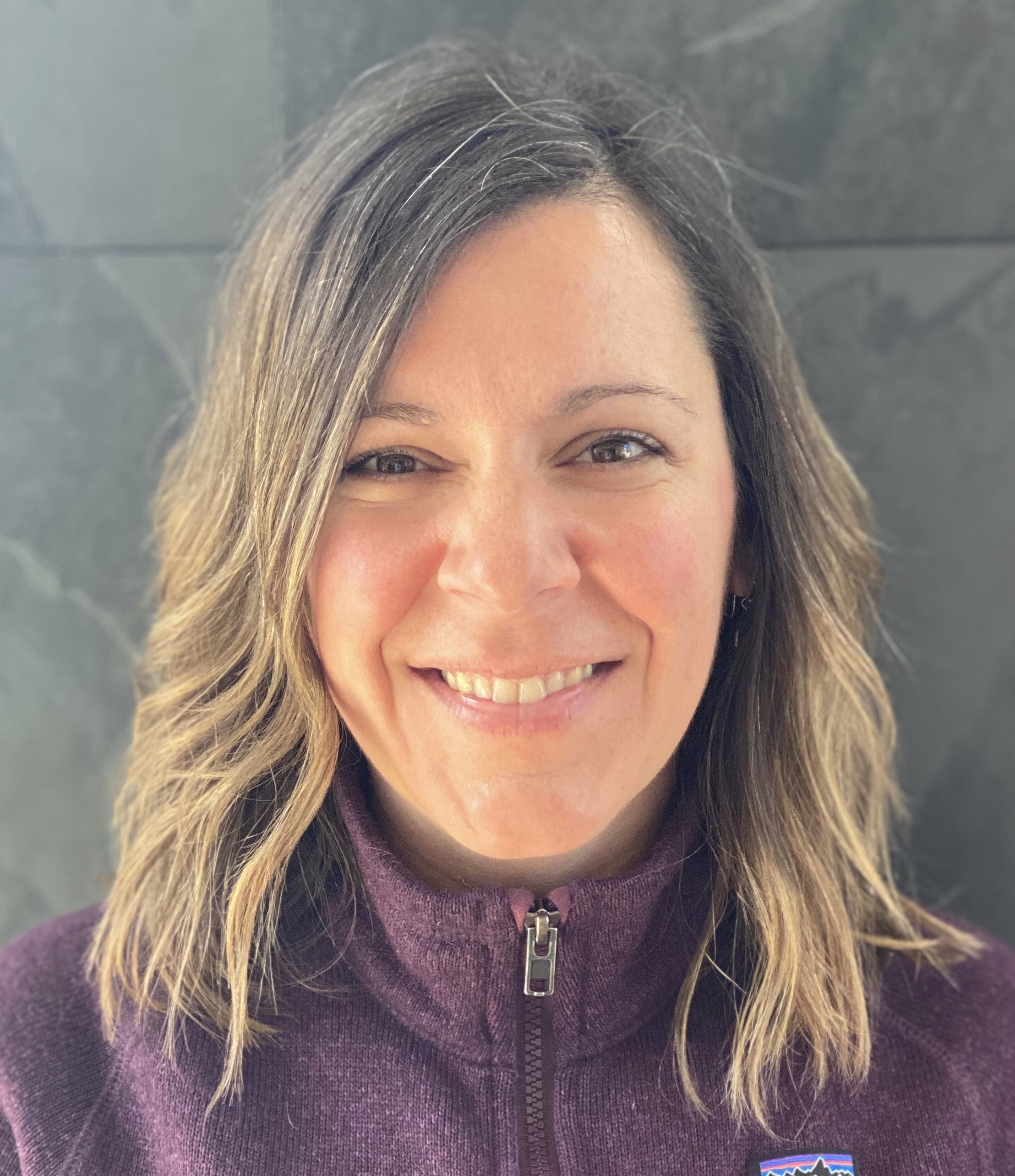
Emily Salzberg, Managing Director for the Building Standards Unit, Washington State Department of Commerce. Image courtesy of ACEEE
Beginning in 2026, the standards will become mandatory for buildings of 220,000 square feet or more and eventually add the mandates to more commercial buildings. According to Emily Salzberg, managing director for the state commerce department’s Building Standards Unit, the rules will be completed by November and building owners will be notified about opportunities for the incentive program by next summer.
Salzberg also noted the department is working with each county to create a database that will provide a portal for building owners to apply for programs and track compliance.






You must be logged in to post a comment.